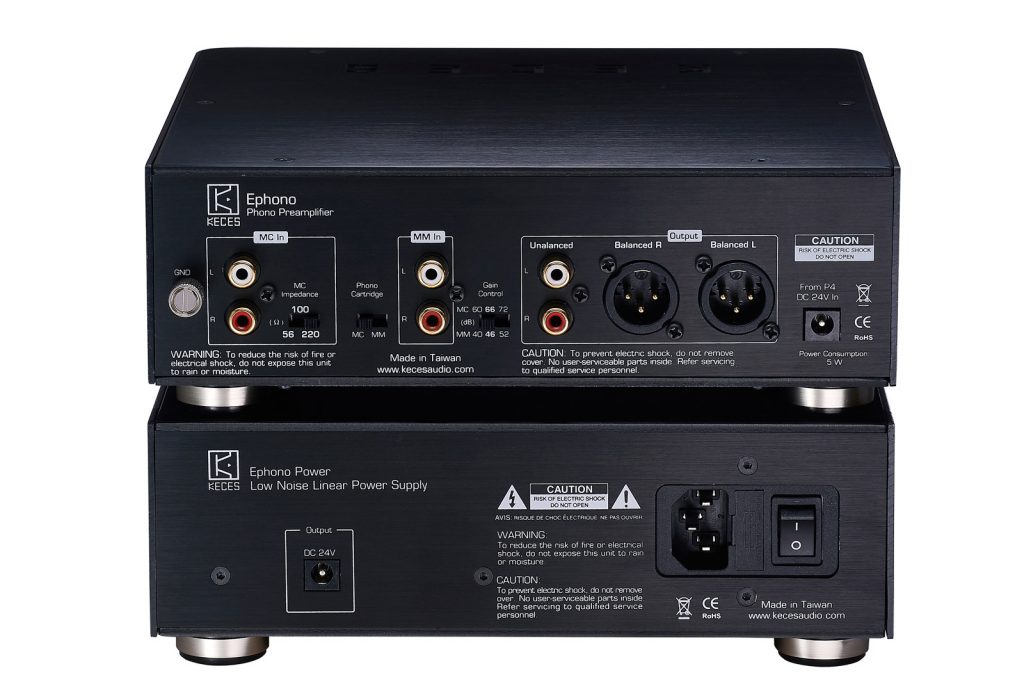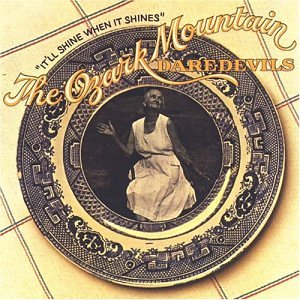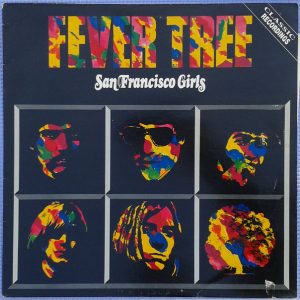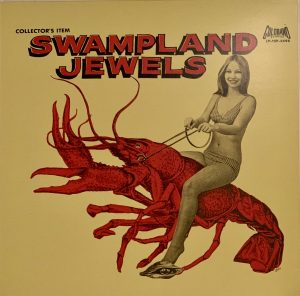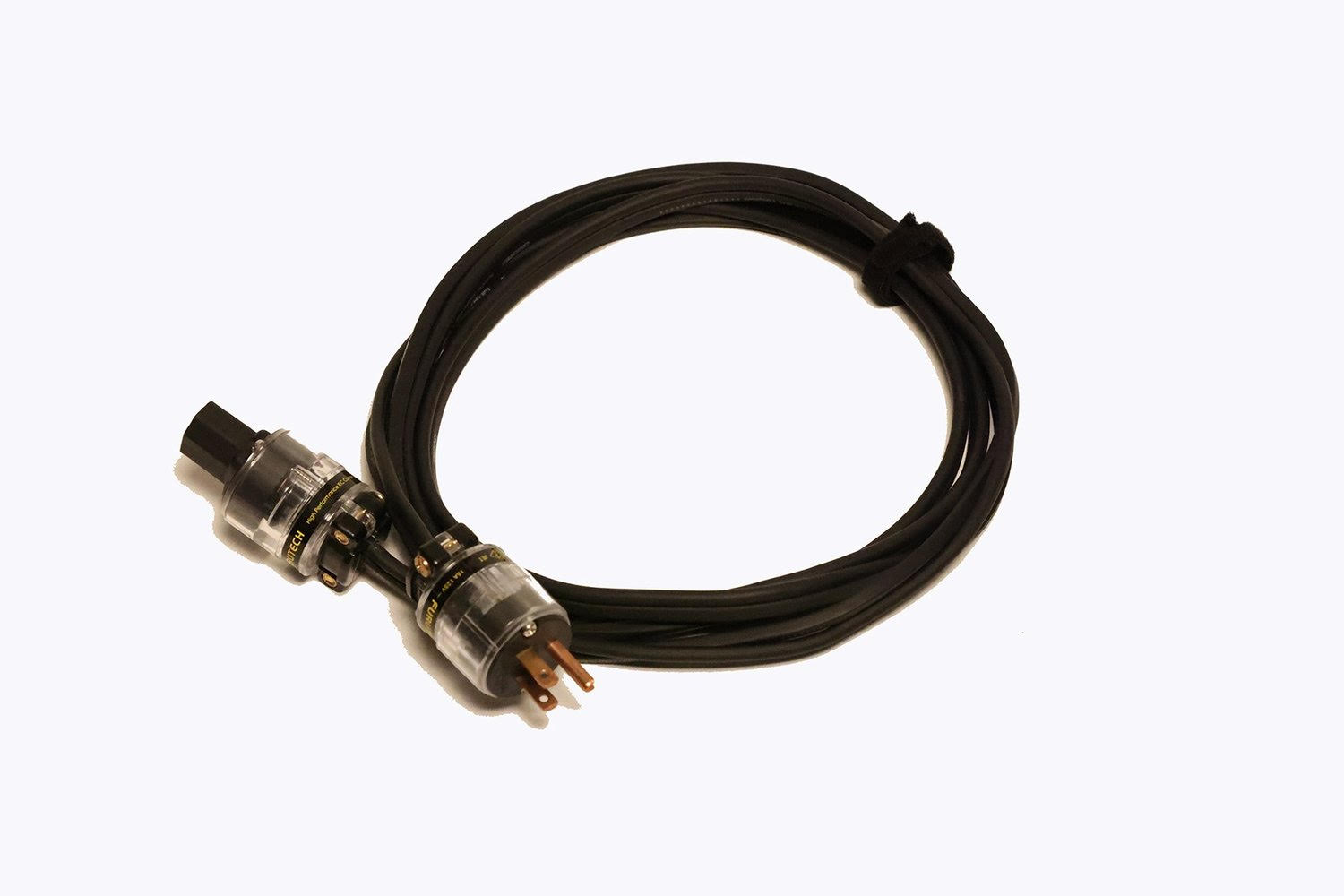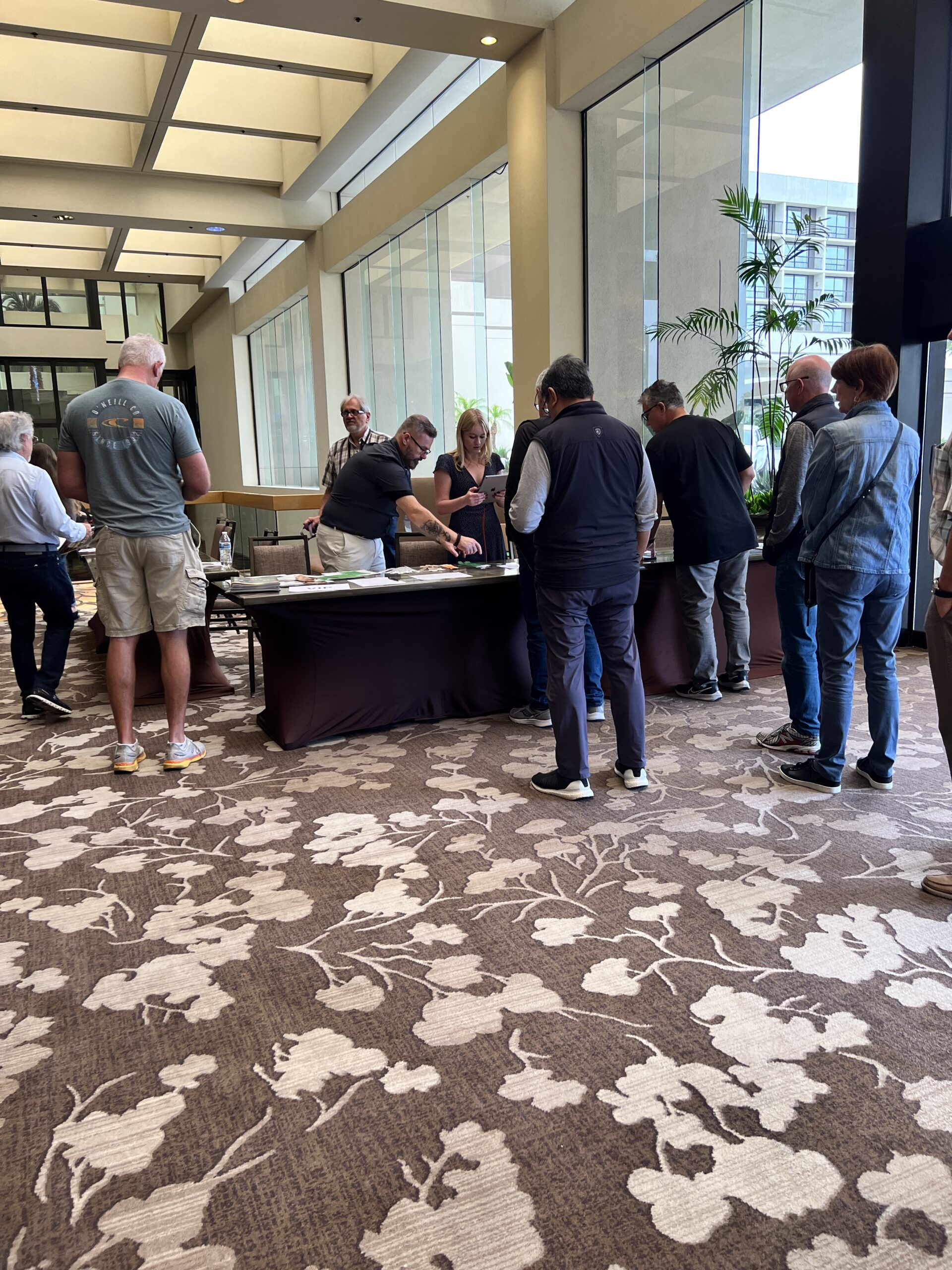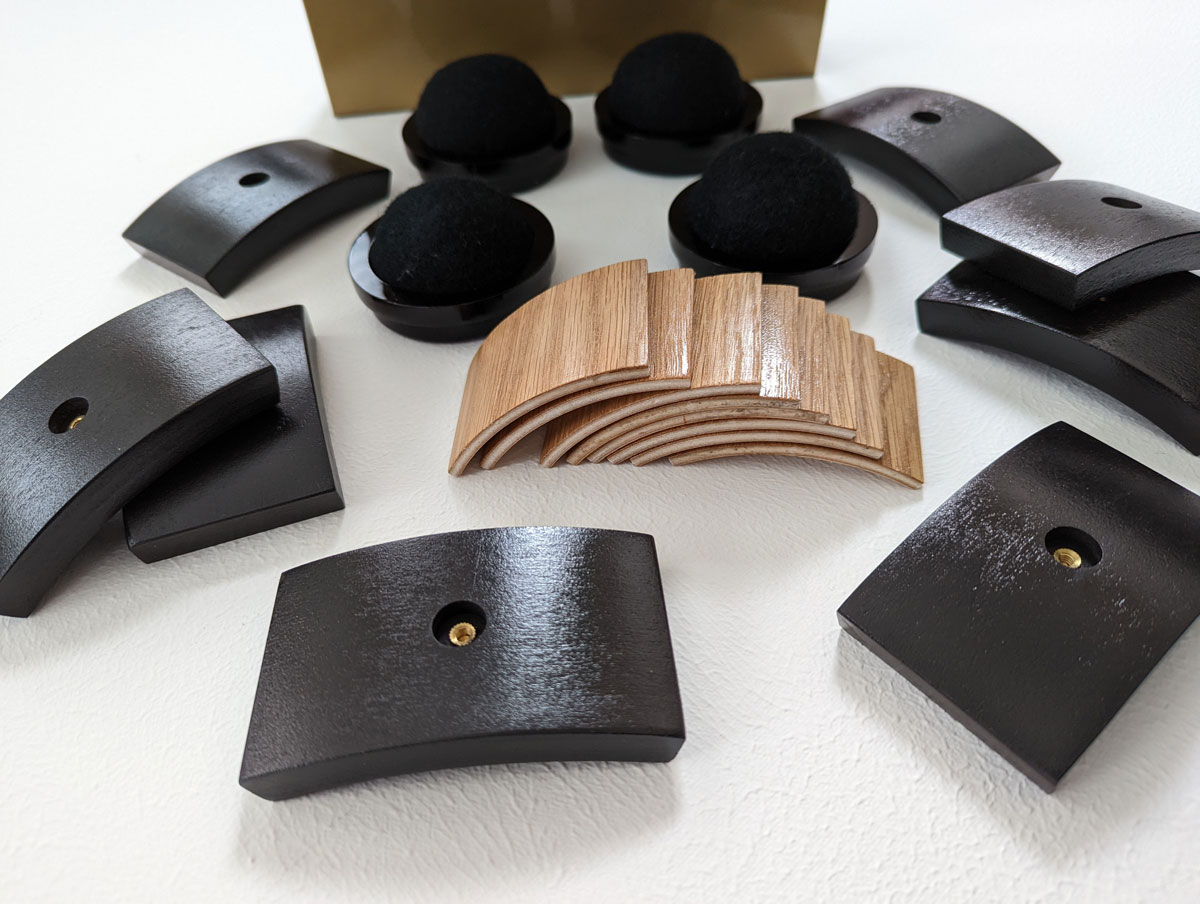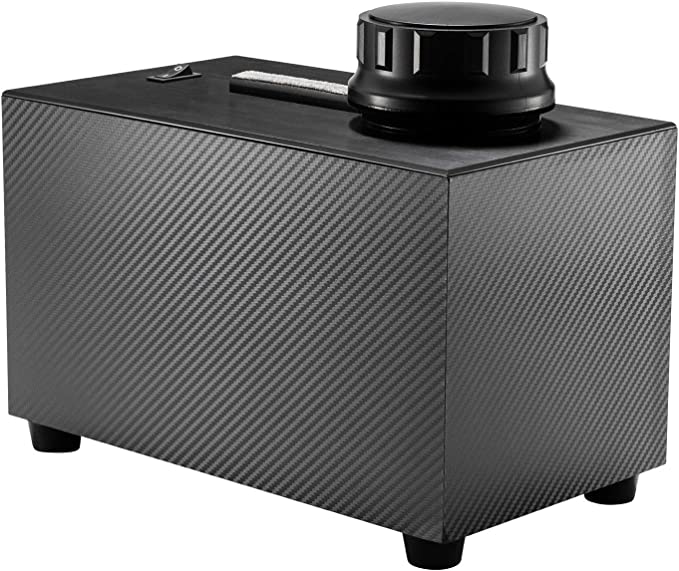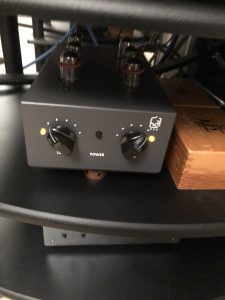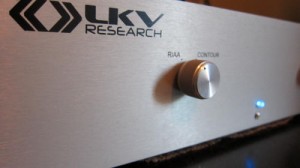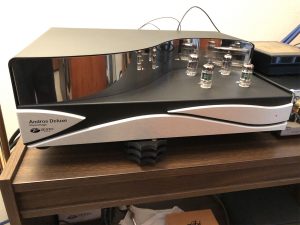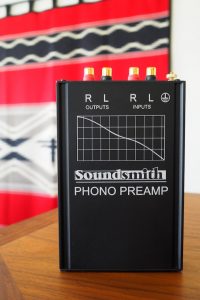One of the great benefits of reviewing the KECES Ephono is that I have been playing so many records lately. But with the recent inclusion of the Sophia Electric Baby Magik Box installed into my digital rig, digital music has been a lot more palatable and fun to listen to. This fact has reduced my record playing time quite a bit. The convenience of digital playback has also played a role in this scenario. Skipping the arguments both technical and subjective for now of analog vs digital, I hear in analog records spaciousness, depth, and a natural and organic sound still missing from digital recordings, no matter what doodad, latest number cruncher, or tube you slap on the end of a digital processor to try and improve digital sound. That is, if the record is an analog recording. And yes, there are bad analog recordings. Like I said, I'll skip the arguing for now. Will the KECES unit uphold analog records technical prowess and musical ability? We shall see.
Admittedly, KECES Audio is a name in high end audio that I am not familiar with. They are based in New Taipei City, Taiwan. In the "About" section on their website two of their statements read, "music as a piece of art," and, "we will make the high-end HI-FI KECES Audio as accessible as possible to every audiophile at a reasonable and affordable price." It is refreshing to see a company place high value on such noble ideals. On their site are products ranging from DACs, amplifiers, phono preamplifiers, linear power supplies, and balanced isolation power conditioners.
The two separate boxes that comprise the solid-state Ephono and Ephono Power units sent to me are packed with features. There is the separate HQ linear power supply, balanced and unbalanced outputs, variable MC impedance adjustment, MM of 47 ohm, gain selection, and the unit is built with a 3MM aluminum case to block EMI/RFI. These features should be plenty to get the most diehard analog buff set up to spin some vinyl.
Most of the time I listen through a single-ended system. But the fact that the Ephono combo unit has both single ended and balanced outputs prompted me to dig out my Wyred4Sound gear. It too is a fully balanced system along with single ended inputs. It will be interesting to see what the W4S/KECES combination will sound like. My modified single-ended Marantz integrated amplifier has pulled me away from my other amplifiers, including two very fine tube amps, since I have had it modified. So first let's start out with the Marantz.
My first impression of this phono unit was that it is very impressive. No colorations, a neutral midrange, a very clean and extended top end. I heard clean, fast, and impactful drums. Details were easily fleshed out. Overall this unit sounds neutral, smooth, detailed and spacious. On the not so positive side, it did sound a little thin, very slightly wispy on vocals, more lit up in the top end, if you will, a little flatter in depth, and slightly lacking in space around instruments. But wait, this is with very little time on this unit. So, back I went with due diligence to the spinning of records as much as I could for the next few weeks. I know the break in phenomenon can be an area of contention for many in the audio world, but to my ears it payed off.
With as many records as I played for this review, the Ephono combo easily differentiated the recording quality of each record without sounding sterile or bland. The album Man of Colors from the band Icehouse was a good example. This album can sound well, icy. It sounds a little bright, with a slight wispiness and a bit of sibilance to vocals. These traits were easily heard though the Ephono. This unit didn't editorialize or pretty up the recording, but the music was very listenable and enjoyable. The drum beat on "Man of Colors" had a very good solidity to it, while the synths and electric piano were fleshed out with fine detail and some fullness. It lent a layer of smoothness to this recording that was very welcome.
On the album, It'll Shine When It Shines from the Ozark Mountain Daredevils, the Ephono brought up some interesting sonic cues. On the song, "EE Lawson," the vocals were fleshed out quite nicely. This phono preamp brought out quite a bit of musicality from these old classic recordings of the OMDs. The Ozark Mountain Daredevils' albums were engineered by Glyn Johns on A&M records. They sound nice. I heard things that I haven't heard on these albums from their digital counterparts. And yes, I have most of their albums. But let's back up a bit. I usually listen to these recordings through my CD player, or worse yet, downloaded through Spotify. Like I said, I haven't been listening to a lot of vinyl lately. On the track, "It Will Shine When It Shines," the rhythm strokes from the mandolin were fleshed out quite well. Something that is not readily apparent on the digital versions. The chorus on the end of this track sounded very good with individual voices sounding separate and spacious, yet full and together with a natural ease to the whole chorus. This is why we get into vinyl.
Let's step in the Way Back Machine for this next one. Fever Tree was a psychedelic band from the good old days of the mid-sixties. Originally from Houston, Texas, they hit the scene with their hit, "San Francisco Girls (Return to the Native)." This is a cool old song, and it epitomizes the sound, feeling, and vibe of the days in the bay area at the time. Again, it was refreshing to hear this on vinyl instead of listening to it downloaded to my phone. I either bought this LP at Rhino Records in Claremont, CA, or Urban Outfitters (God bless their souls for selling vinyl) in Pasadena, CA. I had to buy this album for this hit alone. But surprisingly, the whole record delivers. This album definitely ventures into the experimental rock of the time. I was surprised to find them do a cover of another favorite band of mine of that time period, the Buffalo Springfield. They cover the Springfield's, "Nowadays Clancy Can't Even Sing." Fever Tree is strikingly similar sonically to the Doors, with lead vocalist Dennis Keller's vocals and phrasing sounding a lot like Jim Morrison. The KECES combo delivered sound that was open, clean, and spacious. The soundstage was surprisingly tactile despite this being a very old recording. Maybe it was the Sundazed records remastering.
Let's shift gears from San Francisco to Lake Charles, Louisiana and Goldband Records. Goldband is known for recording heavily in the Cajun, R&B, Country, Swamp Blues, and Swamp Pop arena. Walking into Rhino Records, and another great find, there it was staring right at me, Swampland Jewels on Goldband records. This is a collection of Cajun music, and was recorded for the most part by Eddie Schuler in the 50s and 60s. With artists such as Boozoo Chavis, Pee Wee Kershaw, and Jo-El Sonnier, this album delivers a heap of down home earthy and original Cajun music. I love this kind of music. I don't know why, it must be in the blood or way down somewhere in my Dee En Aye. Maybe it is the fact that I am a southerner. Well Southern California anyway. I was surprised to find this remastered album to sound pretty darn good too. Even though it is a collection of songs taken from different albums, the sound is pretty coherent. Must be that Goldband remastering. From the foot stompin' bluesy, "Sugar Bee" by Cleveland Crochet and Joy Stutes on side one, to the smooth "My Blue Letter" by Jo-El Sonnier on side two, this album delivers what the title of the album suggests. Once again, the KECES phono captured the sound, tempo changes, and rhythm of this great and unique music. Although soundstage and depth are not a strong point of this record, it was reproduced honestly.
We are shifting gears all night long with this truck, and it is back into first gear with more popular fair, albeit, with a flair for the boogie. It's the Best of Canned Heat from Cema/Liberty Records. Most of us are familiar with the music on this record. This record was put on for pure fun. Hey, shouldn't they all be? Giving an audio rundown of the sound, pace, timing, and spaciousness was dependent on the recording of a Blues Rock band and their equipment in the sixties. This time there were no deep spacious cues or ethereal Mandolin buried deep in the mix, a la the Ozark Mountain Daredevils record. But when the band broke into "Going Up the Country," it was definitely Boogie time. There was head bopping, air guitar being played, and even a little stab at singing from yours truly. This whole album sailed right through my system. There was definitely a tightness, a fullness, and for lack of a better description, solid rhythm to the sound of this record running through the Ephono system.
Lastly, I hold in my hand what looks like the white album. Actually, it is a test pressing from RTI, Record Technologies Incorporated. Printed on the record label of both records is a date, March 2, 2009, and a matrix number. These two albums are test pressings of Wes Montgomery and company doing their thing. I was lucky enough to win these albums a few years back at a raffle at one of the Los Angeles and Orange County Audiophile Society meetings. The music on these two albums is something to behold. My system, along with the Ephono rig, took me right into the recording booth and sat me right next to Mr. Montgomery. Every pluck of his guitar, the sound of brushes hitting cymbals, and the vibrations of bass strings were at times subtle, and other times solid and impactful... and always musical. The music took me away from my room and into that studio. When I got up off of the couch to lift the arm off of the platter, it was almost as if I had been snapped out of a hypnotic state. Nice, very nice!
A thought occurred to me as I was typing up this article. Many of the recordings I chose to listen to may be a little unorthodox to some readers, and are definitely NOT in the high-end audio canon of audiophile approved recordings. Let me tell you, during this review a number of high-quality recordings were spun from the likes Don Randy and Quest, Alan Parsons, and many more to name, but a few which would satisfy the audio glutton in any one of us. No need to worry.
A brief comparison of the Ephono to my Margules FZ47DB phono preamplifier proved interesting. In issue 78 of Positive Feedback (HERE) I said of the Margules that it was a sweet, slightly warm, quite dynamic, yet well balanced performer. This $799 unit competes very comfortably in the $1000 to $1500 range. Stiff competition indeed. Yet there are two slight weaknesses to the Margules unit, that being gain and aesthetics. On loan to a fellow PF reviewer, he said he liked the sound quality, but couldn't get enough gain out of it for his system. I too have similar reservations. And although the build is solid, compared to the Ephono, which is roughly the same price, it is not as pretty. The Ephono has very fine build quality. Its nicely built aluminum chassis has the dual purpose of being sturdy and helps in the elimination of EMI and RFI. It has fine graphics and nice-looking gold accent feet. The fact that gain and load are adjustable is a big plus in any price bracket. In a sound comparison, the Margules is also a smooth sounding unit. It sounds slightly warmer, very grainless, very good dimension, with slightly less bass and dynamic impact. It reminds me of a tube unit. The Ephono, on the other hand, sounds clean and cooler but very slightly less polished. It has a smooth, and for the most part neutral sound. The bass extension and dynamics are excellent. Bass reproduction comes off as solid, impactful, deep with a solid grip on dynamics, but more importantly, very well balanced with the rest of the music. No exaggeration here. With the Ephono I heard a wide enveloping soundstage, very good separation of instruments, and a low noise floor.
As promised, I hooked up the Ephono combo in balanced mode to my Wyred4Sound mAudio mono block amplifiers and Mpre preamplifier, which are fully balanced like the Ephono unit. Not surprisingly the sound took a more solid and tactile grip on dynamics. The sound was a bit more enveloping with increases in the soundstage, separation of instruments (slightly), and noise floor. It was nice. But ultimately, I preferred the overall sound quality of my Marantz PM15S1 to the Wyred4Sound separates, but the fact that you have the option of single-ended as well as balanced connections is a bonus for owners of the Ephono unit.
I would be remiss if I didn't do a comparison to my beloved Marantz integrated. But let's start out with a disclaimer. As I have mentioned many times in the pages of PF, I took a gamble and sent a brand-new Marantz PM15S1 to The Upgrade Company for their full signature modification a number of years ago. To say that I am satisfied with the outcome is an understatement. In that mod, the phono section was also done. I asked proprietor David Schulte to pay particular attention to the phono section. Now I realize not everybody out in audio land is going to have a modified anything to compare to another component. I wager that not everyone believes in the benefits of modifications. But this is what I have in my system, and this is my benchmark gear. In fact, with the thousands of reviews out there at any one time by hundreds of reviewers, do any of us have the same exact gear at home as them to compare listening notes and nod our heads in agreement at what they are saying int those reviews? I thought not.
First off reproduction through the Marantz is very grainless and very clean. This brought out the drum beats on the song "Man of Colors" from Icehouse with a depth of soundstage and spaciousness around instruments that surpassed the other two phono units. There was depth and space around the drum kit as in real life. The synths in this song had a fleshier, rounder, and more full sound. And again, on the Ozark Mountain Daredevil's track, "It Will Shine When It Shines," the chorus at the end of the track was fleshed out with clean individual detail, yet sounding so full and in unison. This was quite surprising and definitely a "Wow" moment. Minute details as far as you can hear into the music were reproduced very cleanly with no smearing, again, easily surpassing the two other units. This is what the mods have brought to this amplifier. Switching to the Ephono, the sound is cooler, which is okay. But that clean inner detail deep down in the mix was slightly diminished and slightly smeared, and the sound or air and depth around instruments was slightly curtailed. But what the Ephono did bring to the party was again an overall greater dynamics and bass performance that was easily noticeable from either of my reference units. Again, the fact that the Ephono's gain can be adjusted was also a positive in this scenario.
So subtle performance cues can make all the difference in the world of high-end audio. It always has, and I am sure will continue to be for some time to come. The Ephono preamplifier and separate power supply is one hell of a phono preamplifier. Its very slight shortcomings are just that, slight. The fact that this phono preamplifier is finely built, has lots of user friendly features, looks great, has great dynamic performance balanced with a smooth, spacious, and musical sound puts it on a very short shopping list for people who want very good performance without breaking the bank. I think KECES has met its goal of making High End audio accessible to audiophiles at a reasonable and affordable price. And answered my question of technical ability and musical prowess quite well.
Ephono & Ephono Power Supply
Retail: $ 699.95
KECES
Canada & USA Distributer
Power Holdings Inc.
Wall Township, New Jersey, USA
1.732.746.2586





